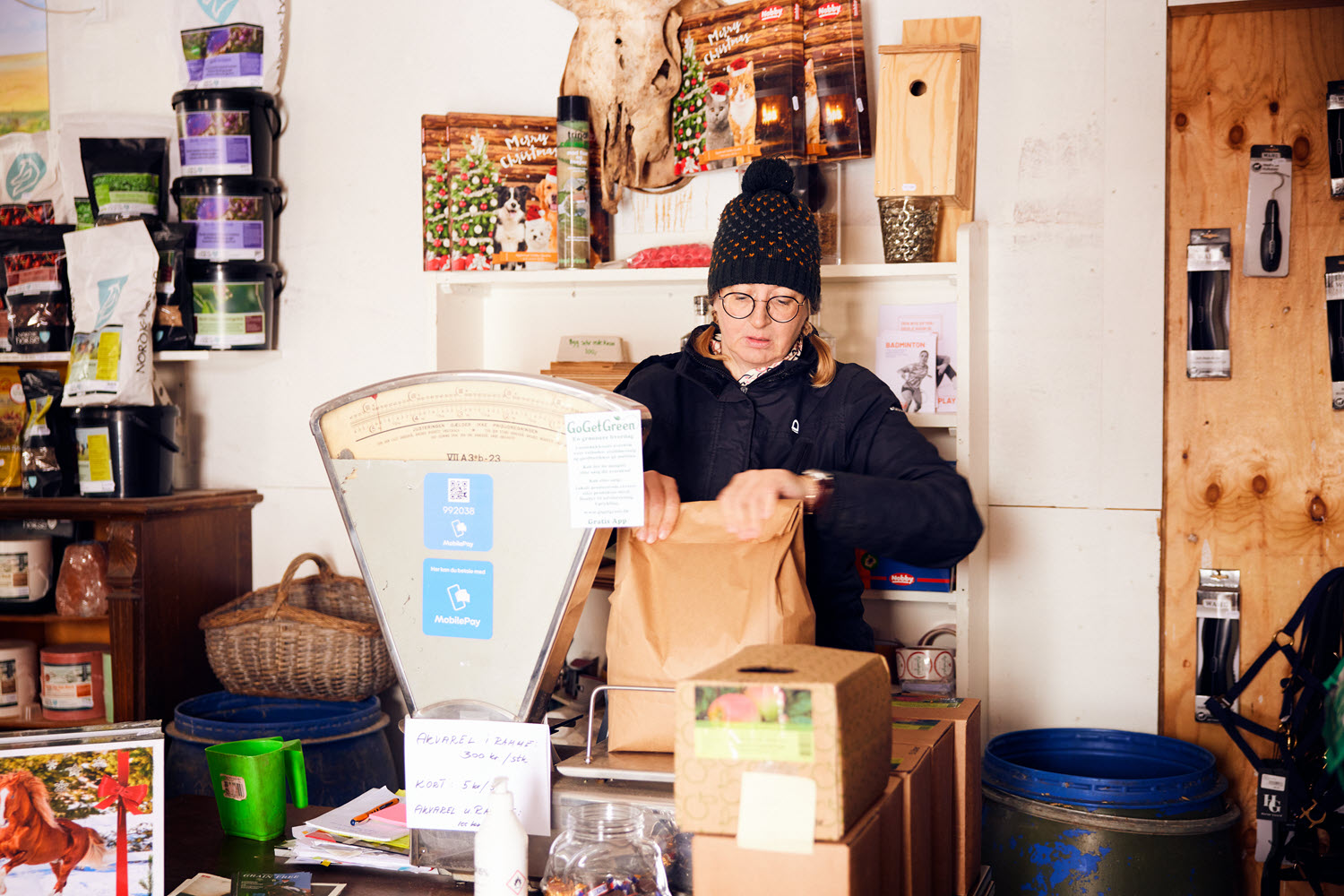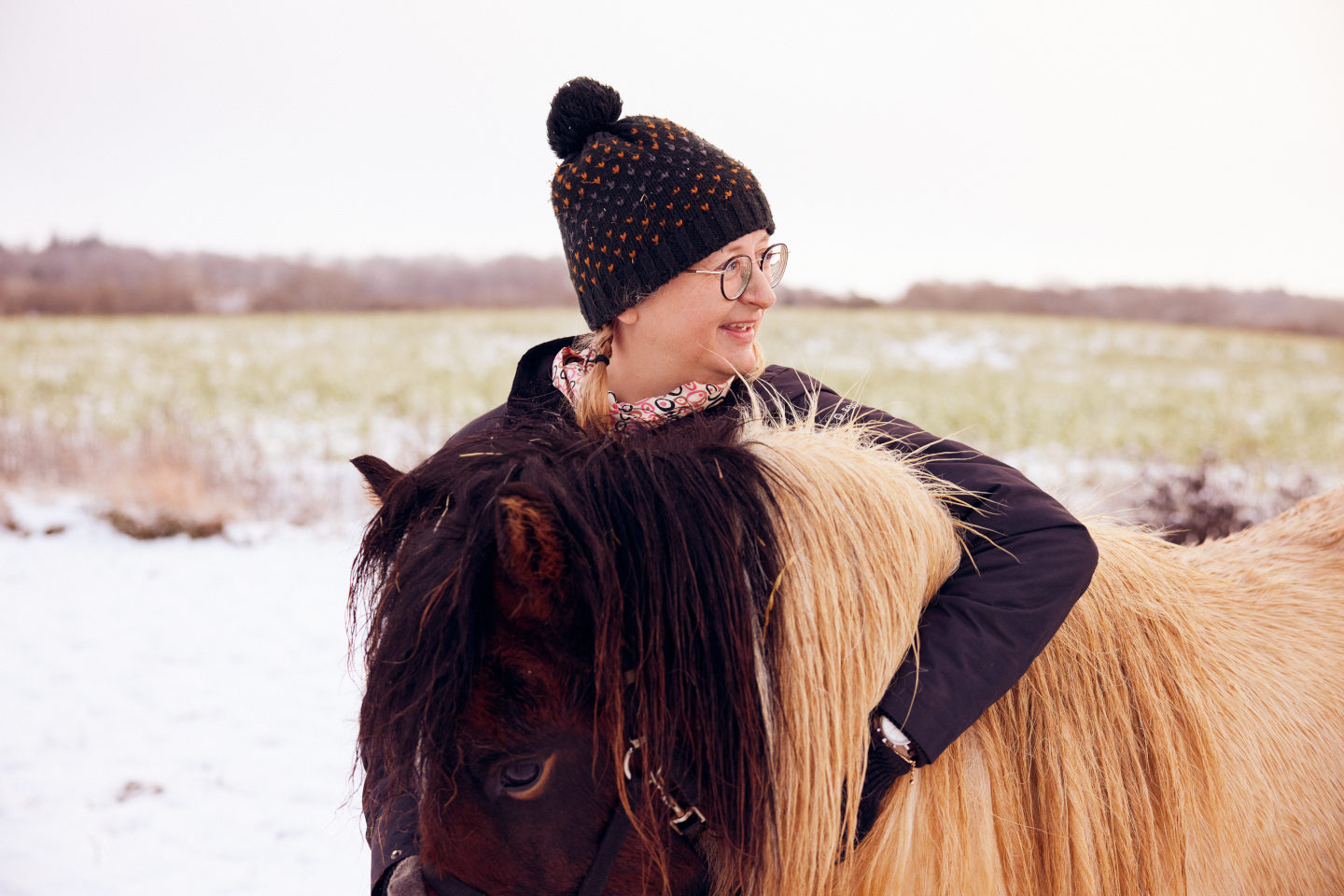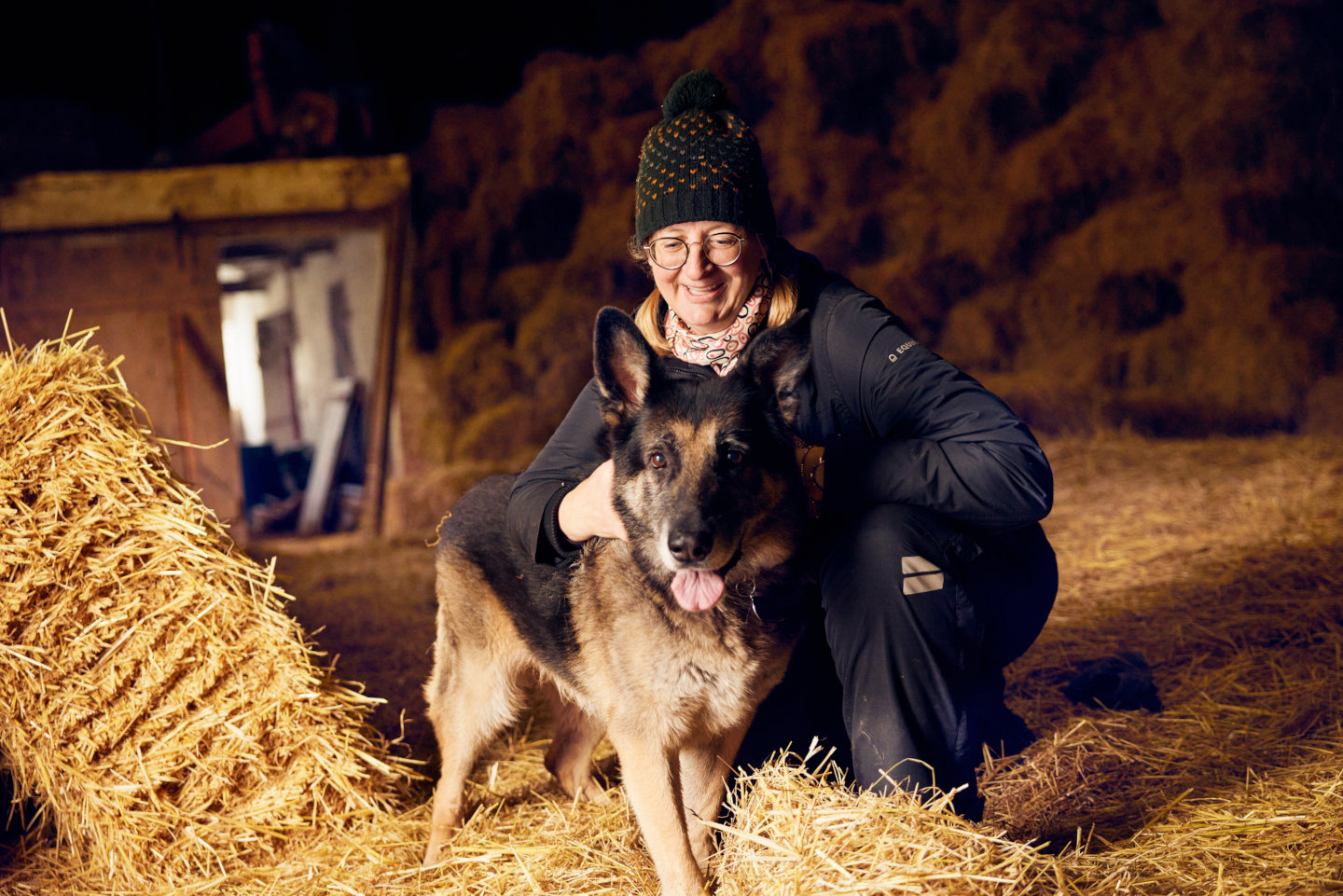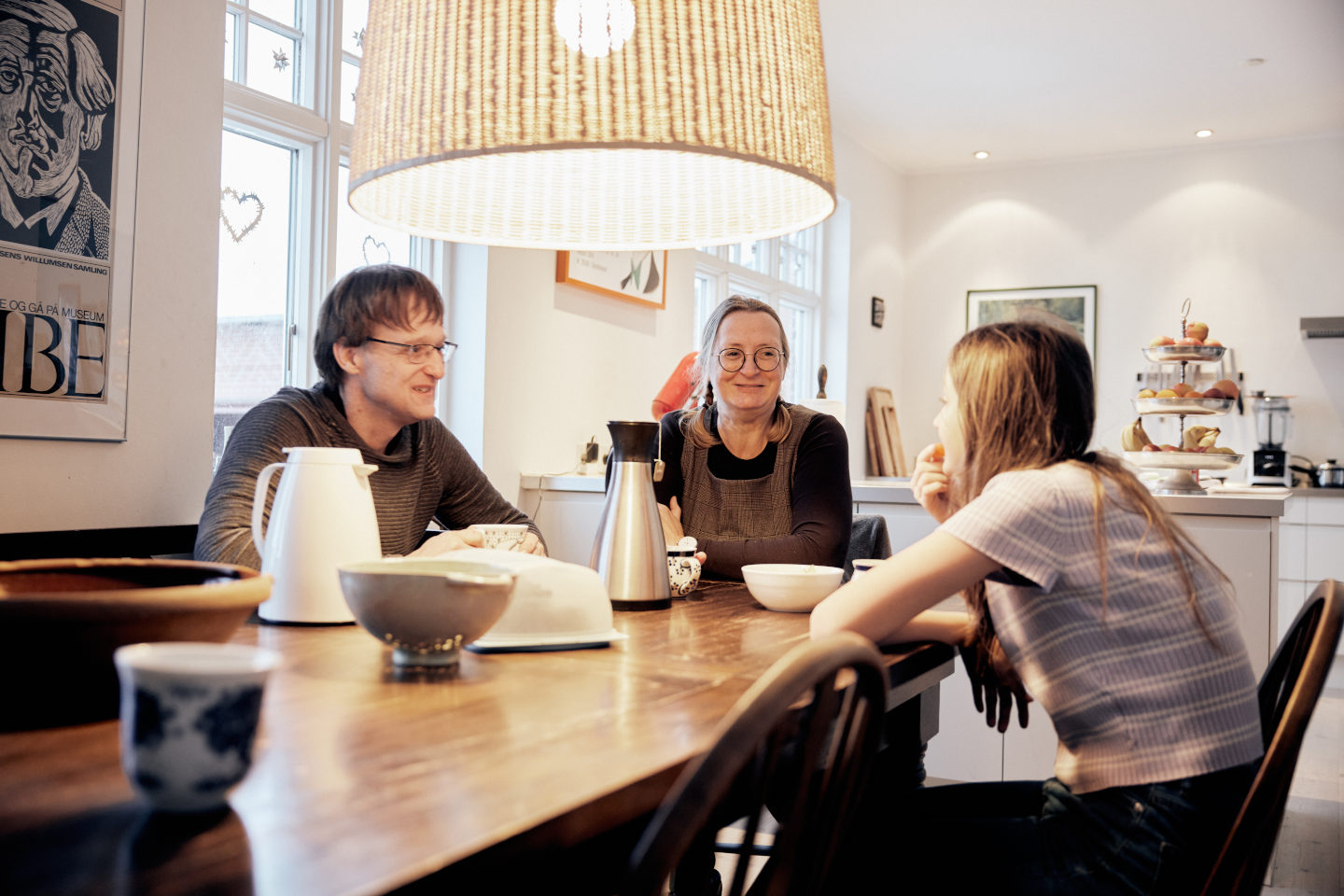Marian Kjærshus (52) lives on a picturesque farm in the Danish countryside with her husband and youngest daughter. Not to mention Dodi the German Shepherd, seven cats, and dozens of other animals. But her life has taken on a new complexion since her third pregnancy more than a decade ago.
“[I had] this intense feeling that something was wrong inside of me that I just couldn’t explain.”
“I was first diagnosed with acromegaly three years ago, and before that I have been sick for 10 years,” she said.
“During the pregnancy, I had this feeling that I was not quite myself. I went to the doctor and said, ‘There’s something wrong, perhaps it’s the hormones.’ And, of course, it’s the hormones when you’re pregnant. But [I had] this intense feeling that something was wrong inside of me that I just couldn’t explain.”
“I didn’t know that it was a tumour in my head producing this growth hormone. My head was growing. I had dizziness and all my joints hurt.”
“So, I went knocking on doors. Finally, I got a specific blood test, and they told me about this disease, acromegaly.”
“When I finally got my diagnosis, it was a great relief.”
“Not many doctors in Denmark know about this disease. When I finally got my diagnosis, it was a great relief because I told the doctors for 10 years that something is wrong with me, and they told me all the time that I was normal."
“Although my journey to diagnosis took 10 years, that’s actually [considered] short for this disease. For some people, it can take 30 years.”
Acromegaly can be caused by a pituitary gland tumour, leading to excess growth hormone in adulthood. This causes the bones of the hands, feet, head, and face to grow larger than normal – resulting in severe pain, discomfort, and disorientation.
“When people look at me, they don’t see a sick person. But it still affects my life.”
Since her tumour was removed, Marian is ‘in remission’, but the disease can leave behind a trail of residual symptoms. And she continues to take blood tests every three months to monitor any potential tumour growth.
“When people look at me, they don’t see a sick person. But it still affects my life. Before, I had energy from when I woke up in the morning until I was asleep at night. Now, I have to prioritise where to use my energy.”
“I have a small shop here at my farm, selling animal supplies. It’s open on Friday and Saturday. And if I’m not feeling well, I can leave the orders outside for pickup. So I’ve made a very flexible setup at my home.”

“I’m a lucky person, I don’t take any medication, which is rare for an acromegaly patient. When I have bad days, I put on some music that gives me some good energy and I dance. I think ‘are you going to cry, or are you going to laugh?’ And I always choose to laugh. I want a happy life.”
“I read about the disease. I could see that [a high percentage] of acromegaly patients were getting better after surgery, and it gives you hope that you are also going to get well.”
So, how has her journey with acromegaly changed Marian’s outlook on life?
“It’s a new identity. So I’m trying to find the things that bring joy in my life, like the horses, and the nature, and my farm, and my customers,” she said.
“Nature makes me calm. Horse-riding is a kind of a meditation for me.”


“It gives me a place where there’s no stress. Nature makes me calm. And horse-riding is kind of a meditation for me. Some of the symptoms with acromegaly are anxiety, depression, and stress [due to] the hormones going on. So you need a peaceful, quiet place to take care of yourself.”
“After surgery, I have chosen to look at my life in another way – I want to help people. So now I volunteer a few hours a week to help new parents care for their babies.”
“That’s also why we are going to be foster parents – to help people. We are opening our home for a new member of the family. That’s my future goal.”
"In summer, a few times a week, I teach art classes to children. I teach them how to express their feelings through paintings. I also sing in a choir. You can never be sad when you sing.”
When it comes to acromegaly, Marian is intent on increasing awareness and continuing to build a supportive patient community.
“I hope in the future that it would be possible to get an earlier diagnosis.”
“I hope in the future that it would be possible to get an earlier diagnosis, to find this rare disease much earlier than 10 years as they did with me. I hope that patients will be able to go to one place to get help – not having to go to 100 different doctors who don’t know about acromegaly.”

“After I had my surgery, I felt alone. That’s the problem with a rare disease. Not many doctors know about it, and I didn’t know any other patients with acromegaly. When you try to explain it to your family and friends, it’s difficult for them to understand.”
“When your body is trying to tell you something, please listen to it.”
“That’s why I started a group on Facebook to see if we could find each other. And now we are 40 members here in Denmark. When you’re in doubt, they know what you’re dealing with, they understand you, and they know what you’re struggling with in your daily life. We take good care of each other.”
“Even when you have a diagnosis and doctors are testing for it, there are still a lot of questions in between. That’s why I started this group, to give each other advice and learn more about this disease in our own kind of way.”
“If I could give advice to people in the same situation: When your body is trying to tell you something, please listen to it and believe in yourself. Be strong and keep on asking the doctors.”
There are 7000 known rare diseases, but 95% still don’t have a cure or adequate treatment options. Rare diseases need more than rare solutions. That’s why Novo Nordisk is driving change to create a better future for people living with rare diseases.